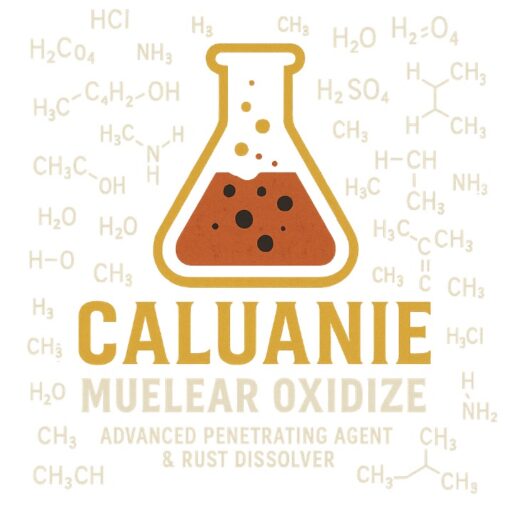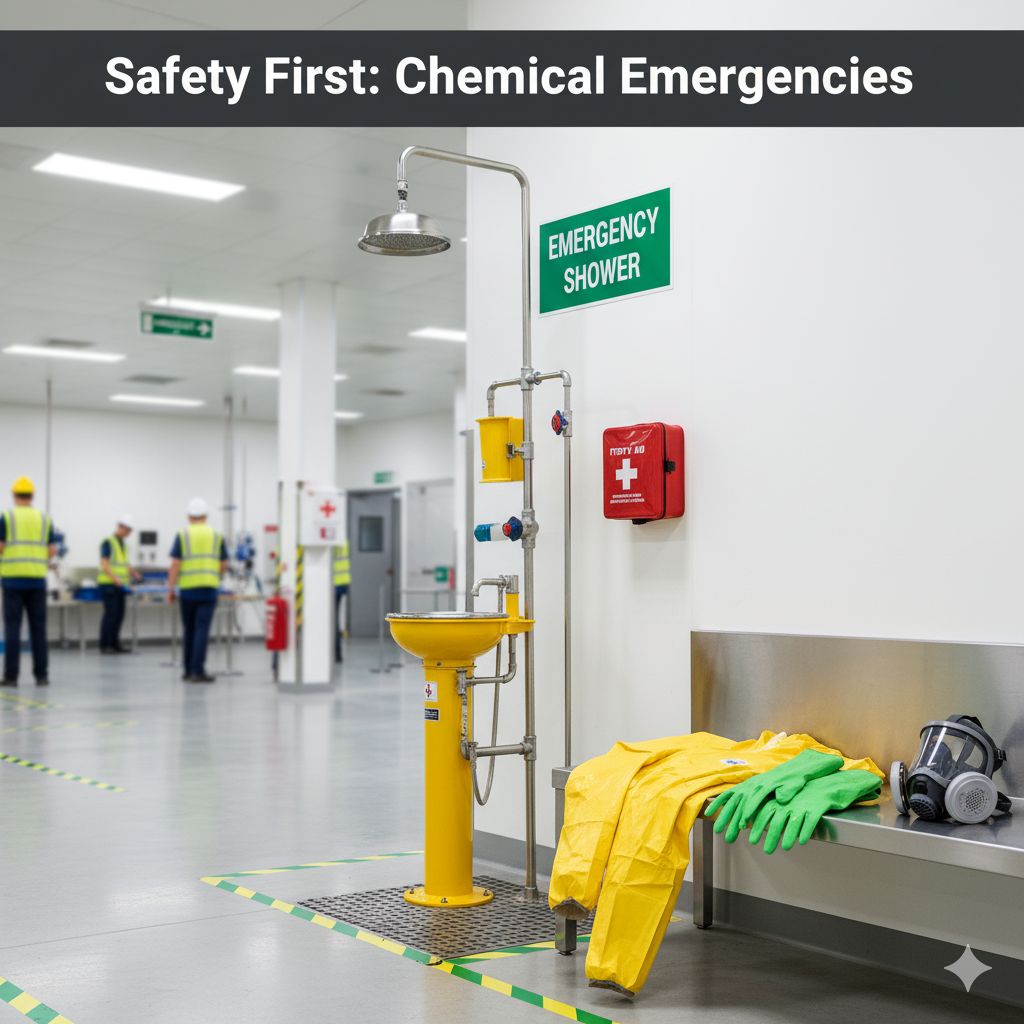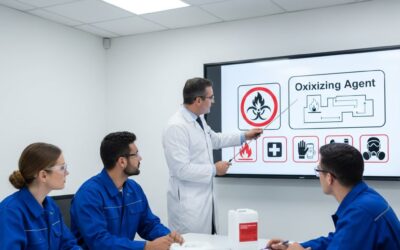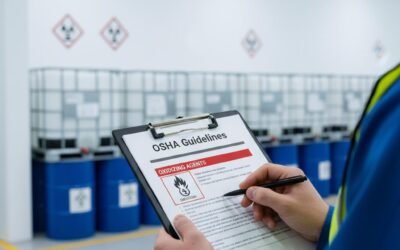Introduction
Factories often deal with hazardous chemicals essential for industrial operations, but accidents can happen even under strict safety protocols. Chemical exposure poses serious risks to workers’ health and factory operations. Implementing proper emergency response procedures is vital for protecting employees and ensuring compliance with workplace safety regulations. In this blog, we explore the key steps factories should take when handling chemical exposure emergencies, with a focus on oxidizers like Caluanie Muelear Oxidize.
Why Emergency Response Matters
1. Protecting Human Health
Immediate response minimizes risks of long-term health effects from chemical exposure.
2. Regulatory Compliance
Following OSHA and EPA requirements helps avoid fines and liability issues.
3. Reducing Operational Downtime
Quick action ensures minimal disruption to factory workflows and productivity.
4. Environmental Responsibility
Proper containment prevents chemicals from spreading into surrounding soil, air, or water.
Key Emergency Response Procedures
1. Immediate Evacuation
Workers exposed to chemicals should be removed from the affected area immediately. Evacuation ensures safety and prevents further exposure.
2. Use of PPE
Trained personnel equipped with Personal Protective Equipment (PPE) must respond to the spill or exposure. PPE includes gloves, goggles, respirators, and protective suits.
3. First Aid Measures
- For skin exposure: Rinse the affected area with water for at least 15 minutes.
- For eye exposure: Flush eyes with clean water continuously and seek immediate medical attention.
- For inhalation: Move the affected person to fresh air and administer oxygen if necessary.
4. Containment of Spills
Factories must have spill kits and neutralizing agents ready. For strong oxidizers like Caluanie Muelear Oxidize, use proper absorbent materials and follow specialized disposal guidelines.
5. Medical Attention
Workers exposed to hazardous chemicals must be taken to medical facilities for further evaluation. Maintain Material Safety Data Sheets (MSDS) for accurate treatment.
6. Incident Reporting
All incidents should be documented and reported to supervisors and regulatory authorities. This ensures compliance and helps prevent future accidents.
7. Decontamination of Area
Clean and sanitize affected areas following exposure. Certified chemical disposal partners may be required for safe clean-up.
Training Employees for Emergencies
Training is crucial to ensure workers know how to respond to chemical exposure incidents. Programs should include:
- Proper use of PPE
- First-aid basics
- Spill containment drills
- Evacuation protocols
- Waste disposal guidelines (see our blog on Safe Chemical Disposal)
Role of Caluanie Muelear Oxidize in Safety Protocols
Caluanie Muelear Oxidize is a powerful oxidizer widely used in industries such as metalworking and chemical manufacturing. While highly effective, it requires responsible handling and emergency preparedness. Learn more about its properties on our About Page and contact us for safe purchase options.
Conclusion
Emergency response procedures are a cornerstone of workplace safety in factories dealing with industrial chemicals. With proper planning, training, and the right tools, companies can protect workers, comply with regulations, and minimize environmental harm. Caluanie Muelear Oxidize, when managed responsibly, can be part of a safe and sustainable industrial process.





0 Comments